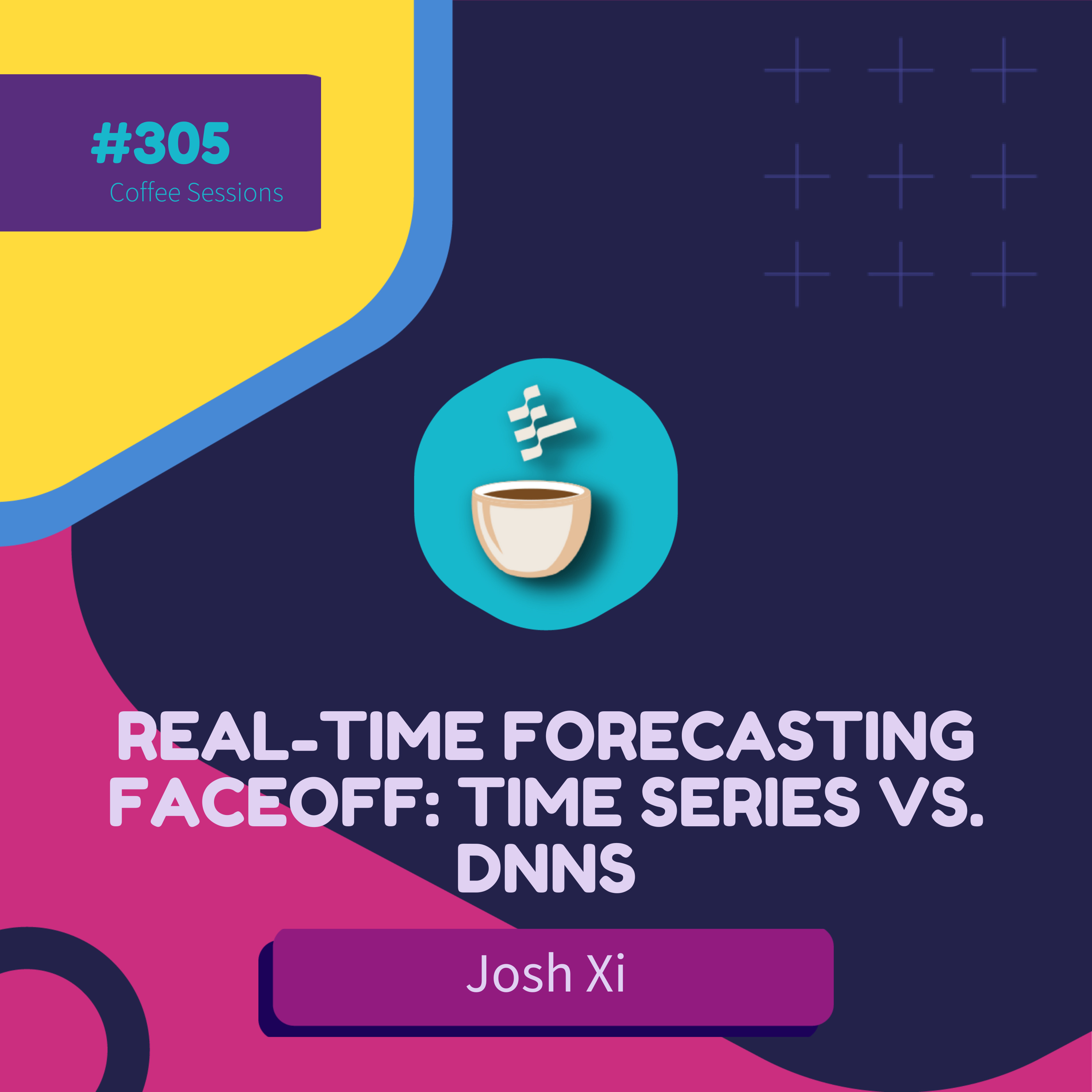
Real-Time Forecasting Faceoff: Time Series vs. DNNs // Josh Xi // #305

MLOps.community
Deep Dive
- Lyft uses real-time forecasting to manage supply and demand.
- Forecasting is done at the geohash level (e.g., GeoHash 6, approximately one square mile).
- External data sources (events, weather) are incorporated but pose challenges.
Shownotes Transcript
Real-Time Forecasting Faceoff: Time Series vs. DNNs // MLOps Podcast #305 with Josh Xi, Data Scientist at Lyft.
Join the Community: https://go.mlops.community/YTJoinIn Get the newsletter: https://go.mlops.community/YTNewsletter
// AbstractIn real-time forecasting (e.g. geohash level demand and supply forecast for an entire region), time series-based forecasting methods are widely adopted due to their simplicity and ease of training. This discussion explores how Lyft uses time series forecasting to respond to real-time market dynamics, covering practical tips and tricks for implementing these methods, an in-depth look at their adaptability for online re-training, and discussions on their interpretability and user intervention capabilities. By examining these topics, listeners will understand how time series forecasting can outperform DNNs, and how to effectively use time series forecasting for dynamic market conditions and decision-making applications.
// BioJosh is a data scientist from the Marketplace team at Lyft, working on forecasting and modeling of marketplace signals that power products like pricing and driver incentives. Josh got his PHD in Operations Research in 2013, with minors in Statistics and Economics. Prior to joining Lyft, he worked as a research scientist in the Operations Research Lab at General Motors, focusing on optimization, simulation and forecasting modeling related to vehicle manufacturing, supply chain and car sharing systems.
// Related LinksWebsite: https://www.lyft.com/